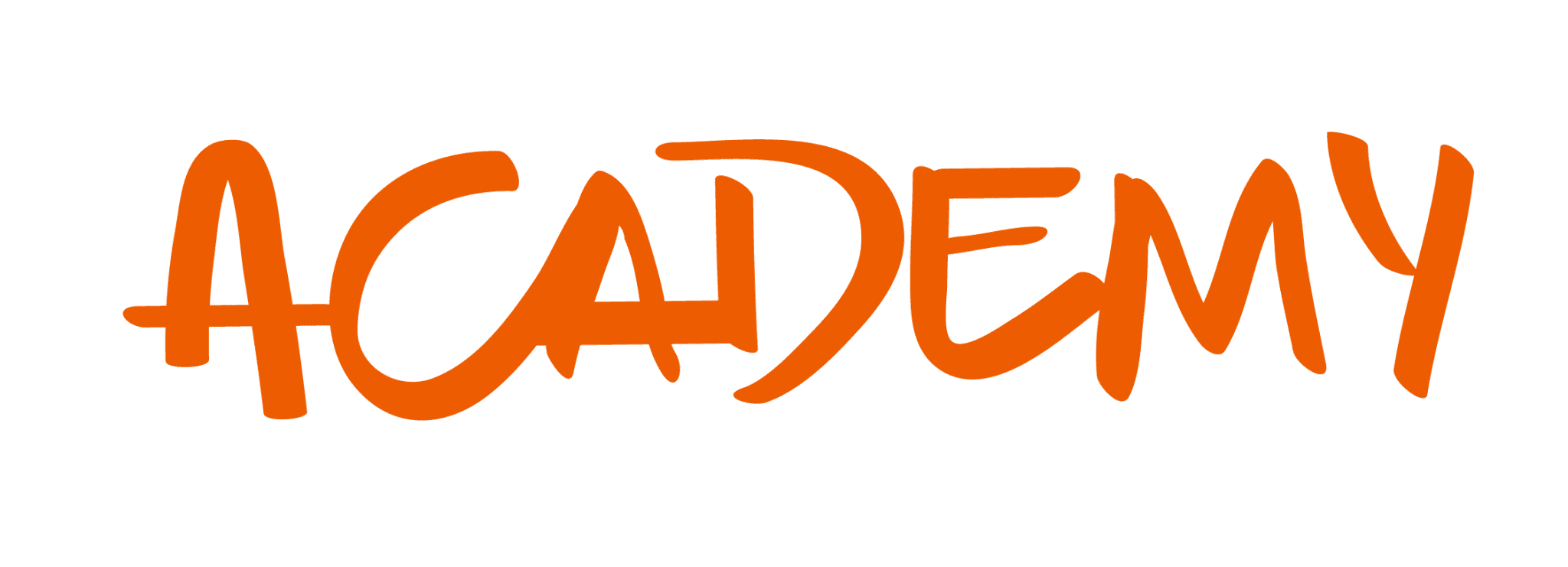Advertising automation is a technology that manages the marketing processes and multinational campaigns, across multiple channels, automatically. With automation, businesses can target customers with automated messages across email, the web, social, and text. Messages are sent automatically, according to sets of instructions that we call workflows. Workflows may be defined by templates, custom-built from scratch, or modified mid-campaign to achieve better results.
Marketing and sales departments automate online marketing campaigns and sales activities to increase revenue and maximize efficiency. When automation is used effectively to handle repetitive tasks, employees are free to tackle higher-order problems, and human error is reduced.
Automation in the advertising world helps with lead generation, nurturing, and scoring, as well as with measuring overall ROI on campaigns. The time-and-cost-saving effects of automation increase as an organization grows in size and complexity. Good marketing automation systems are designed to scale alongside your business.
In its most basic form, marketing automation is a set of tools designed to streamline and simplify some of the most time-consuming responsibilities of modern marketing and sales roles. From automating the lead qualification process to creating a hub for digital campaign creation, automation is all about simplifying a business world that is growing far too complex and much too quickly.
Marketing automation let you implement a digital marketing strategy without having to manually press “send” on every email, message, campaign, or post you create. Good automation tools help you identify your audience, design the right content, and automatically trigger actions based on schedules and customer behavior. Once your campaigns roll out, you can focus on other tasks, then analyze and tweak your marketing plan as results start coming in. An automated marketing strategy can save time and resources, driving revenue and ROI while you focus on growing your business.
Automation works by collecting client data through many interactions: emails, websites, visits, app usage, social media, and so on.
From there, automation does all the work: streamlining segmentation and targeting processes to determine the right audiences, quickly and at scale. Tailoring messaging to each customer automatically based on their profile. Creating relevant and personalized messaging across email, mobile, social, web experiences, and beyond with a few simple clicks. Deliver personalized experiences for your customers, whether you have 100 or 100 million, efficiently and effectively.
Client journeys are the sum of individual personalized experiences with your brand. With marketing automation, you can tailor every interaction based on customer data to create ongoing, seamless journeys through every brand touchpoint.
Marketing automation creates relevant content and messaging at scale across many channels, Send email messages with dynamic content that personalizes far beyond sticking a customer’s first name in the subject line. Integrate mobile messaging with your email and social campaigns through SMS/MMS, push notifications, and group messaging, Generate digital ads that appear for the right person at the right time. Plus, recommend the right products on your website to each user automatically.
Automating processes in advertising can make you reach clients along their journey no matter where they are in the client lifecycle from acquisition to advocacy. Deliver timely, relevant content that reaches customers when, where, and how they prefer converting prospects into lifelong brand advocates.
Among the best practices to keep in mind when designing your marketing automation strategy:
- Define and present your goals: Use real numbers to justify the investment in a marketing automation platform to your stakeholders.
- Collaborate with other teams. Your marketing automation strategy will touch several teams in your company. Get their input and buy-in before you begin.
- Create process visualizations. Use detailed diagrams of your marketing automation workflow to relay your entire agency -efficiently and effectively.
- Prepare for database segmentation. Consider your customer data. Think about who you’d like to engage, and why.
- Prepare your content strategy. Build your content library. Create interesting, engaging, and relevant messaging designed for each stage of the customer lifecycle.
- Plan for a slow rollout. The world’s most successful marketing automation firms stagger their launches. Test early and optimize the next block of programs to give yourself the best chance of success.
- Analyze as you go. See what’s working and what’s not. Use some of the time you get back from automation to dig into the analytics and make the changes that will grow your business.
What is Zapier?
Zapier software lets you automate workflows between multiple apps that don’t communicate with each other. You may end up copying and pasting the same information in multiple places, it’s annoying and repetitive. Zapier allows its users to connect web apps and automate workflows and it’s an easy way to automate tasks. Tackle the things you care about by automating with this software.
Automation is a technique used to operate something automatically; it saves time, eliminates human error, and most importantly, solves problems. Automation is all around us; most of the services taken for granted have been thought of and been automated such as the machine that serves our coffee in the morning, when we go to the supermarket the door opens by itself, letting us carry our bags with both hands. These are the things we have accustomed to because they have already been automated, we never think about them, it’s subtle, and they make a great difference.
They may solve problems you never realized existed, because of automation. Zapier is at the heart of automation, and everyone can learn just how trustworthy it is.
When do you know you have to automate?
-
It’s a task you have to do frequently or on a schedule.
For example, you may send a greeting mail to clients when you contact them. It’s a nice gesture, it will always be welcomed and it will always be appreciated. The part is that it can be automated.
-
A task that involves moving information between apps.
When you first contact a lead, you surely enter that information in a spreadsheet from one app to another; that procedure can also be automated with Zapier.
-
A task that is easy but repetitive and time-consuming
A task is a candidate for automation when it takes you away from what you want to be doing. Automation is not only about saving a few minutes here and there. Think about how time adds up over the long term. How does that apply to cost per hour? Sure you’ll save a buck, but automation lets you ultimately focus on what a human can only do, and stop wasting time on things that are not important.
How does Zapier work?
We use apps every day. When we are at work, dialogue between many apps is used to do our job correctly: we go around Gmail to see the emails our clients have sent to us, and we use excel for a specific database and social media because that is what lets our agency to be seen in the world. There is a place where all the apps we use at work are displayed it is called User Interface or UI: it’s basically how we humans interact with a computer by clicking buttons and writing texts. Each app communicates with others with the application program interface or API. Every app has its code, a behind-the-scenes where there are no clicks and information just passes by in code. Software like Zapier lets you change automation rules without the need to write computer code in the “behind the scenes” section.
Before talking about how Zapier benefits you by automating your workflow, we must talk about the logic module, understood as a formula for your project to be successful. There are a couple of questions that are good starting points before automating your work:
-
Decide what you want to accomplish
What problem do you want to solve? You want to be as detailed and precise as possible.
-
Decide what apps are going to be involved
These are apps you are probably already using.
-
Create the rules these apps need to follow
This is the principle of automation in your work environment. Guiding yourself with the following logic:
When getting new leads on Facebook, then send emails to your salespeople.” Always be mindful of the “when” and the “then” to follow the logic of automation. In Zapier language the when is a trigger and the then is an action.
-
Make sure the data between apps understand each other
You are just telling the apps you use at work what data to send and where to send it.
When you know all the information that these key points show, then you’re ready to automate a workflow, that is what we call a Zap, connecting your apps and services, having always a trigger and a consequent action. Every automation a Zap does successfully is called a task which is only associated with actions. When building a Zap you get to decide which field you want, a field being a placeholder where you can visualize information, more specifically, a task, and where you want that information to go.
Now we’re ready to create our first Zap. First things first, go to the website and click on “create a zap”. Select the app or service you want as a trigger, for any Zap to launch a trigger must come first. Then you must decide where you want your data to go when you customize an action event.
Now check if they are working correctly. The easy way to do this is by checking your task history and corroborating that what you are trying to automate is going down smoothly.
Why is integrating Zapier with COR a good idea for your business?
Learn how to integrate with Zapier to carry out massive registrations of clients, projects, or tasks without the need to manually transfer that information. COR already automates lots of processes in the Project management, time management, and Resource management areas, to benefit efficiency and profitability. With Zapier all the small tasks that take your time from important things, will be dealt with. You will achieve speed and make your productivity skyrocket. Let’s see how to do these integrations.
In the first place, create a user in Zapier. Now, to integrate apps with COR, you must use Zaps. A Zap as we’ve said before needs a trigger and then an action. To do this, you must have client, project, and task creation permissions to be able to create Zaps. You will be able to integrate COR with any app from the marketplace of Zapier such as Google calendars, Google sheets, and GitHub among many others. This will allow a faster workflow with other apps you use while working at COR. This software already tries to concentrate all workflows within a single place, so everything you automate with Zapier, will have huge benefits on your overall work performance.
How to connect any app to COR using Zapier?
Creating a Client on COR
When in Zapier, click on “Create a Zap”. Choose a name for your client and an app that will contain the event that will trigger that ZAP. Then select a type of event and continue to select an email to gain access to the corresponding permissions that you need. To choose the trigger, you’ll have to set a “drive” and a “spreadsheet” app where the data that will be transferred is displayed. Then you’ll have to click on “test trigger” to see if the information is correct.
Then you’ll have to go to action and select COR and within the type of the event, choose the option “create a client”. Now, you’ll have to associate a COR account to Zapier and click on allow to permit the integration. Fill up the rest of the information with the data from other apps and continue.
Once the platform has validated the action, the Zap will be activated and send the information to COR. To confirm that it has been a successful operation, go to the main menu in the Zap section and you’ll notice that the action is active, a green dot that says “0n” will be your guide.
From within COR, go the to client section module, and check for the client you created on Zapier. If everything went right you’ll find the client you’ve made and now the operation is complete and successful.
Create a Project on COR
This is a similar process to the one we’ve already described.
- Create a Zap that contains the event that will trigger it, in this case, a Project import.
- Select a type of event and press on continue.
- Choose your account associated with Zapier and then continue.
- In this case, to set the trigger, select your drive archive and the specification sheet that contains the data that will be transferred.
- Click on the test trigger to validate the information. Have a read on the project that will create and then click on continue.
- In the action menu, select COR and the type of event, and choose to create a project. Complete the name of the project by choosing among one of the options displayed. Fill out the client ID and then continue.
- Lastly, zapier will test and validate all the information submitted. If everything goes down well, click on “turn on zap” and the data will be transferred to COR.
- To check everything is well, return to the module of Zaps, and check if the action is active with a big green dot that says “on”. From within COR, in the client module, you’ll see the new integration created before Zapier.
Create a task on COR
If you want to create a task follow the same steps as shown before, but with the exception that in the first step, introduce a Task import, rather than a project import, and follow the same steps. Step six also changes, instead of creating a project, create a task. Insert then the ID where all the information of the tasks will be transferred. Zapier will test the validation of the information submitted and if everything’s okay. A Zap will be created and the data will be sent to COR. Go to the main menu of Zaps if the task creation has been successful and you’ll see a green dot beside the task that confirms. Then go to COR and validate the task creation and that would be it.
Conclusion
There are many benefits of automation within the world of ad agencies. Automating processes add value to your business, whether you operate an SME or work within the marketing team for a large multinational corporation.
Marketing automation helps small businesses stay relevant and competitive, whilst it enables large businesses to keep up with the demands of their many customers within their respective industries. Therefore, we will highlight five big ones:
- Time Savings – Campaigns can be scheduled ahead of time, meaning you can channel your working hours into other projects. Whilst that is possible with other platforms, with a marketing automation system you have the added benefit of being able to schedule different posts to different audiences.
- Increases productivity – Marketing automation frees up your marketing team’s time from performing repetitive tasks and gives them the capacity to brainstorm new ideas and boost productivity in other areas.
- Personalization – You’ll have the ability to create a tailored and unique experience for each client, thereby increasing engagement and boosting sales.
- Multichannel campaign management – Keep track of all your campaigns across all your marketing channels from one platform.
- Improved ROI – By targeting customers more specifically, your marketing spend is being used wisely and efficiently.
This tool is all about optimization – optimizing the client experience, the efficiency of the campaign process, and optimizing your marketing team’s time.
Zapier follows down this line, of optimizing integrations between apps for a faster workflow. It allows a faster visualization of data and a place where all the data can be seen and followed. While working with COR, you can create projects, clients and tasks using Zaps. These require a trigger and an action to be operational. Once that is defined you can link information between apps you are currently working with COR and this will help you to automatize workflow and write down information once and not waste time introducing the same information in different apps, for example.















